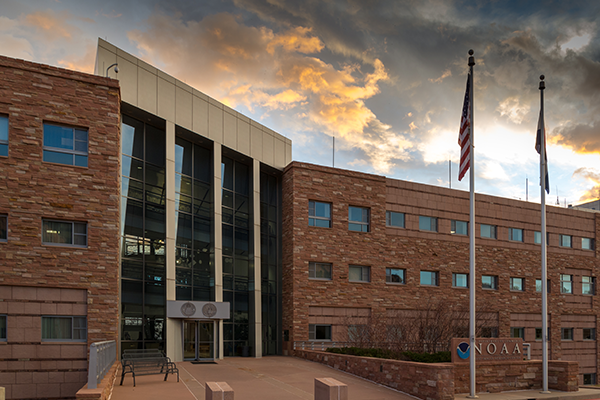
A flow-regime perspective on future changes in wintertime atmospheric rivers affecting the western United States"
Ben Moore
NOAA/PSL
Tuesday, Aug 29, 2023, 2:00 pm
DSRC Room 2A305
JOIN THE WEBINAR:
GoTo MeetingAbstract
This study employs climate simulations from the CESM2 Large Ensemble to investigate future changes in atmospheric rivers (ARs) affecting the western U.S. during winter (December–February). Changes are assessed through a comparison of a historical period (1985–2015) and a future (2070–2100) period. ARs are identified as elongated regions of column-integrated water vapor transport exceeding the local climatological 85th percentile, computed separately for the historical and future periods. Results reveal a southeastward shift of the primary corridor of high AR frequency directed into the U.S. West Coast between the historical and future periods, resulting in decreases in frequency over the Pacific Northwest and increases in frequency over central and southern California. The increases over California are consistent with a strengthening and eastward extension of the subtropical jet stream and associated Rossby waveguide over the eastern North Pacific. The future changes in AR frequency are diagnosed in the context of five recurrent large-scale flow regimes identified over the North Pacific and western North America. These regimes enable a reduced-order perspective of the variability and changes of the large-scale circulation. It is found that the increases in AR frequency over California predominantly occur in one particular regime, characterized by an anomalous trough over the eastern North Pacific and a strong zonally extended jet stream directed into the West Coast. The geopotential height anomaly pattern in this regime is projected to amplify and shift eastward, corresponding to significant increases in the frequency of extratropical cyclones near the West Coast.
Seminar Contact: psl.seminars@noaa.gov